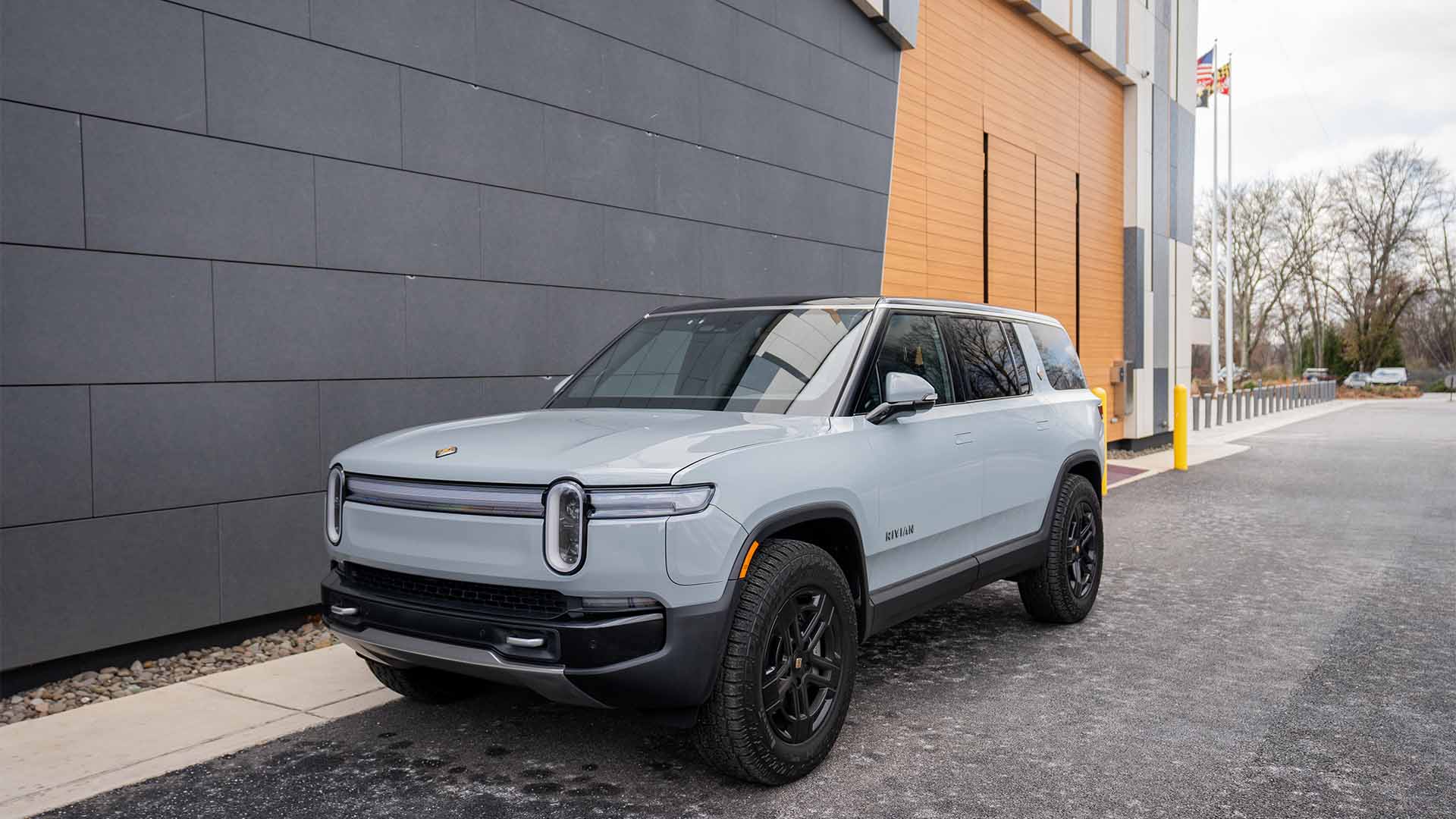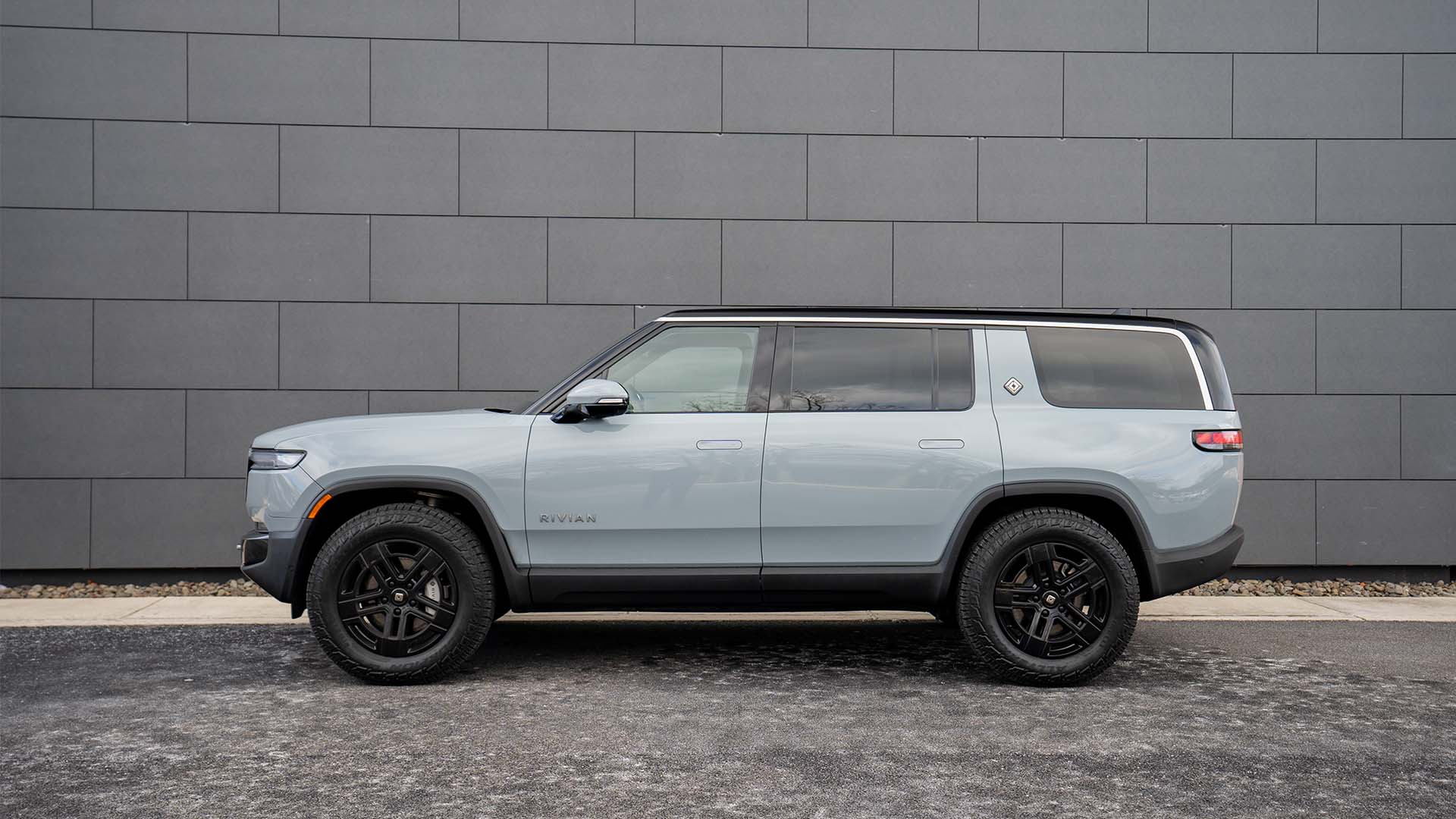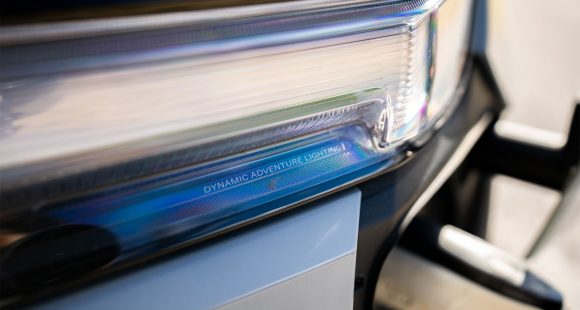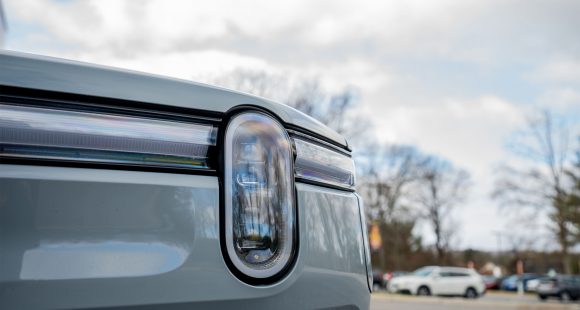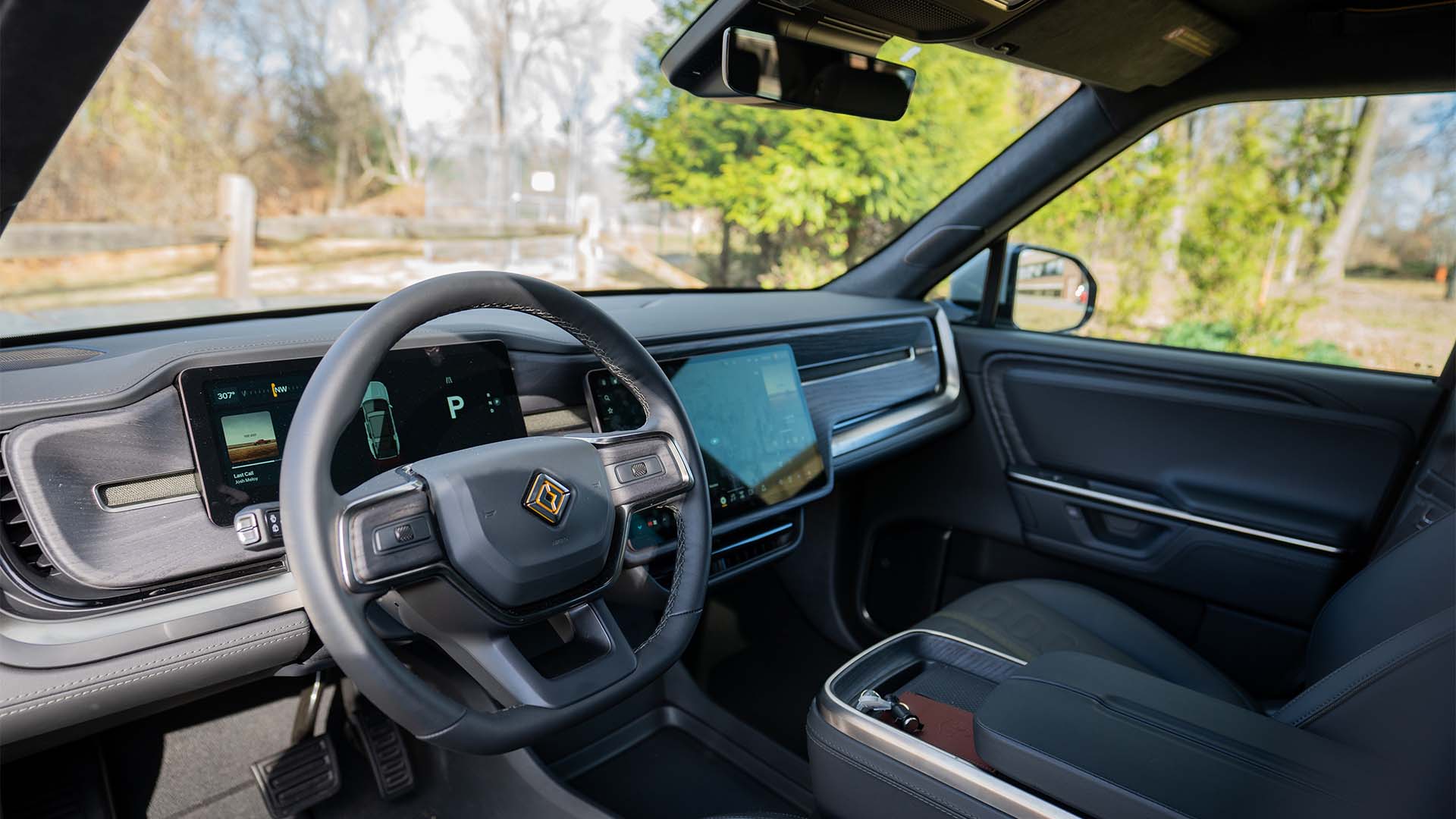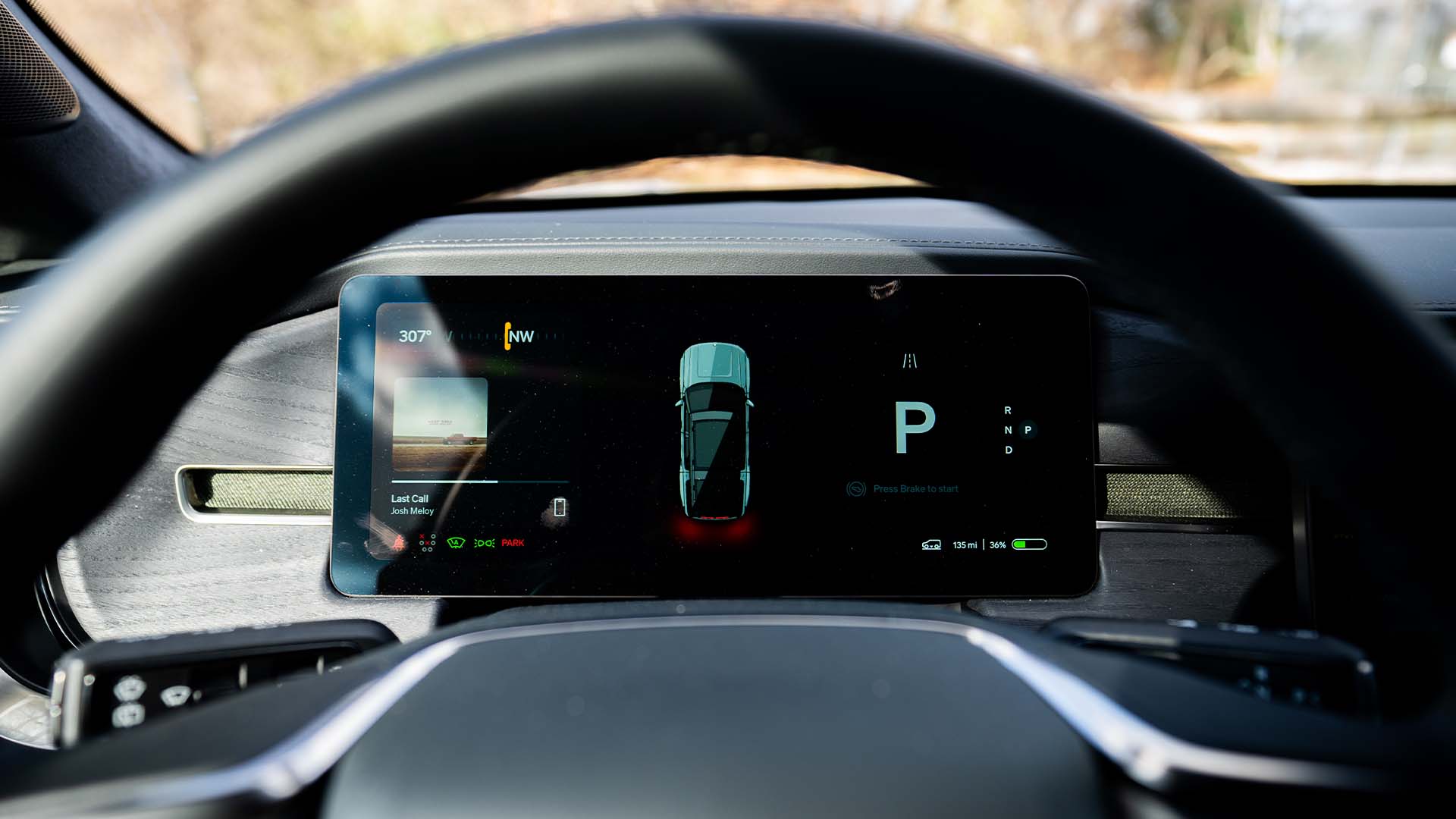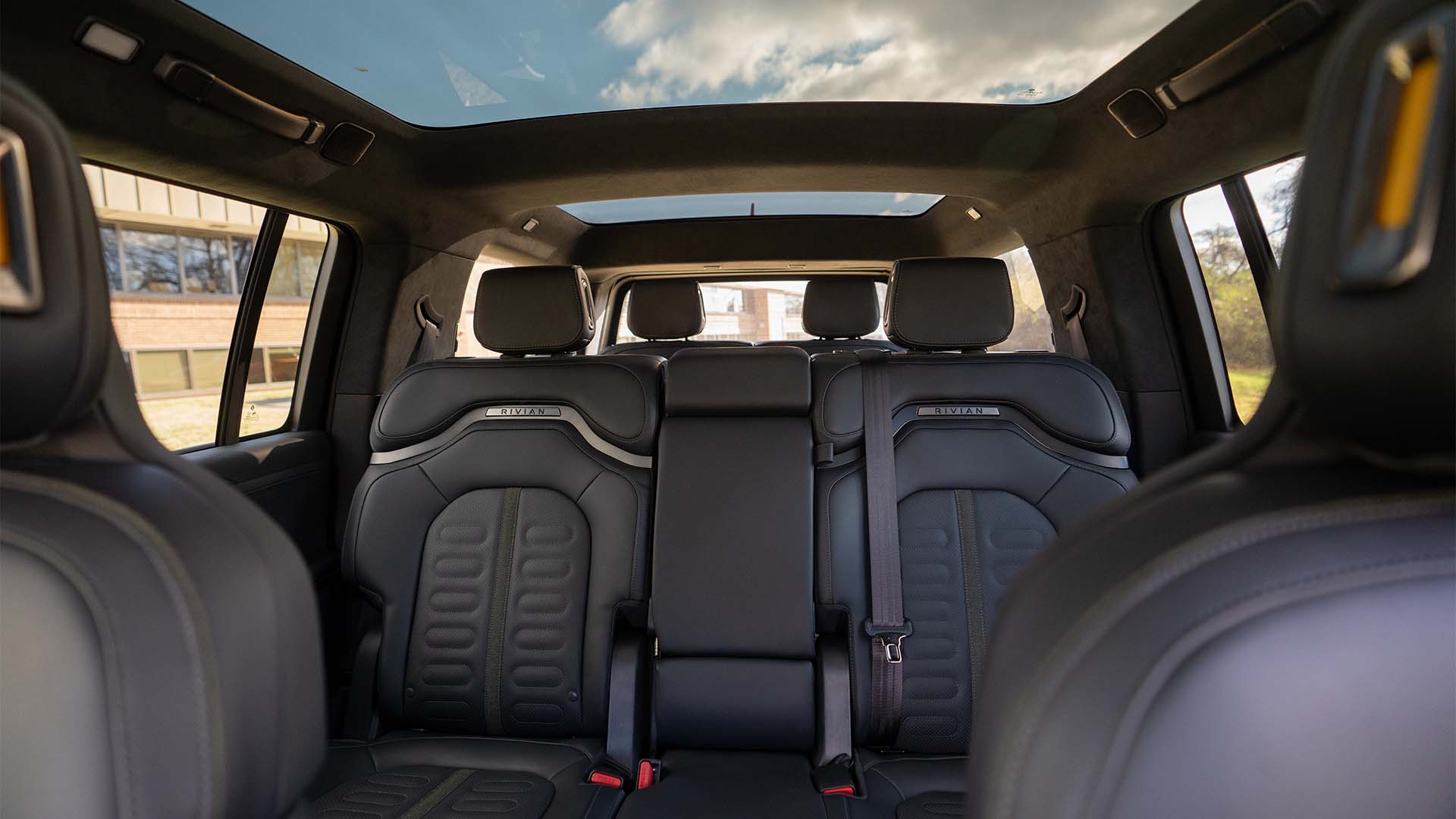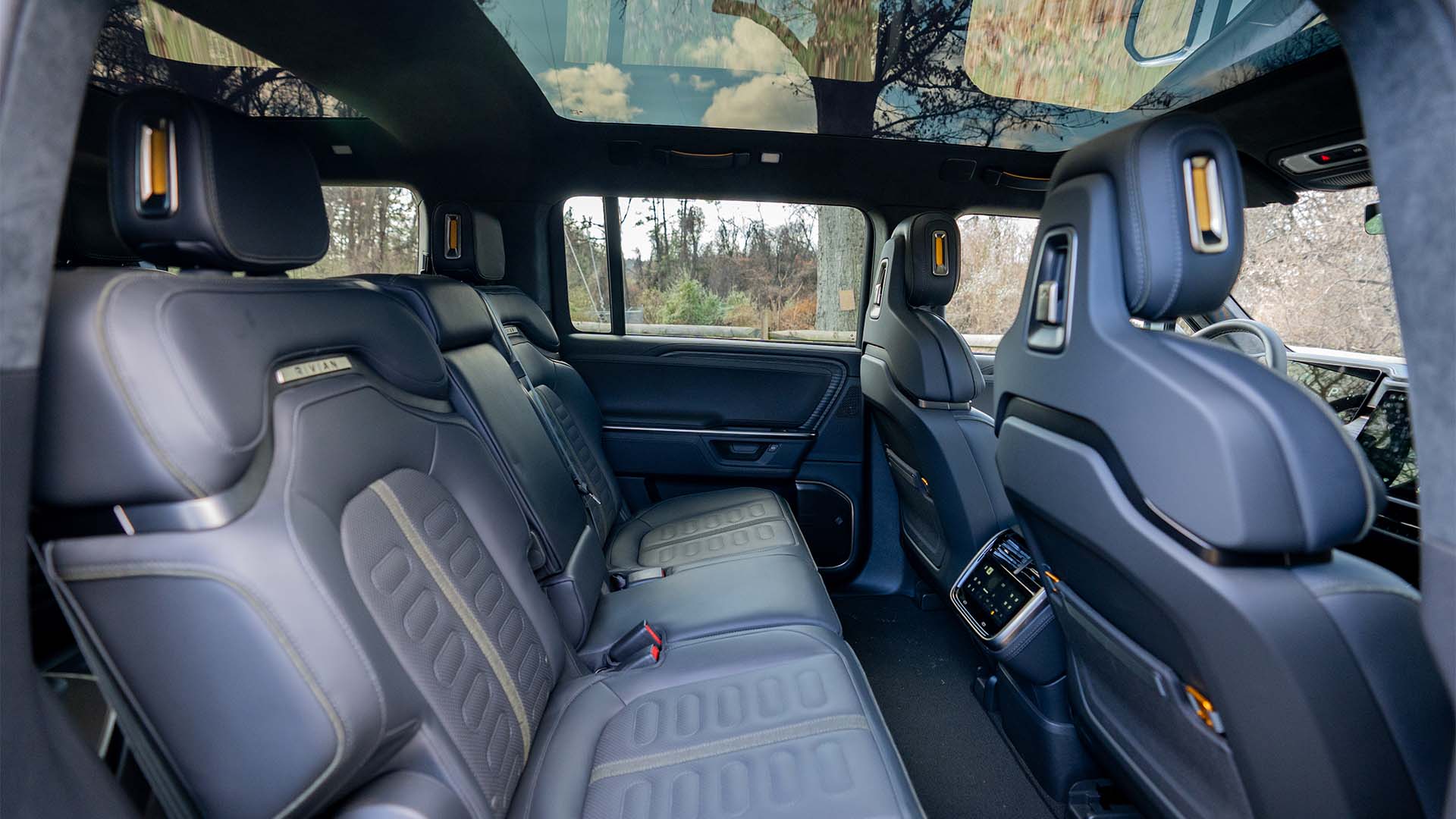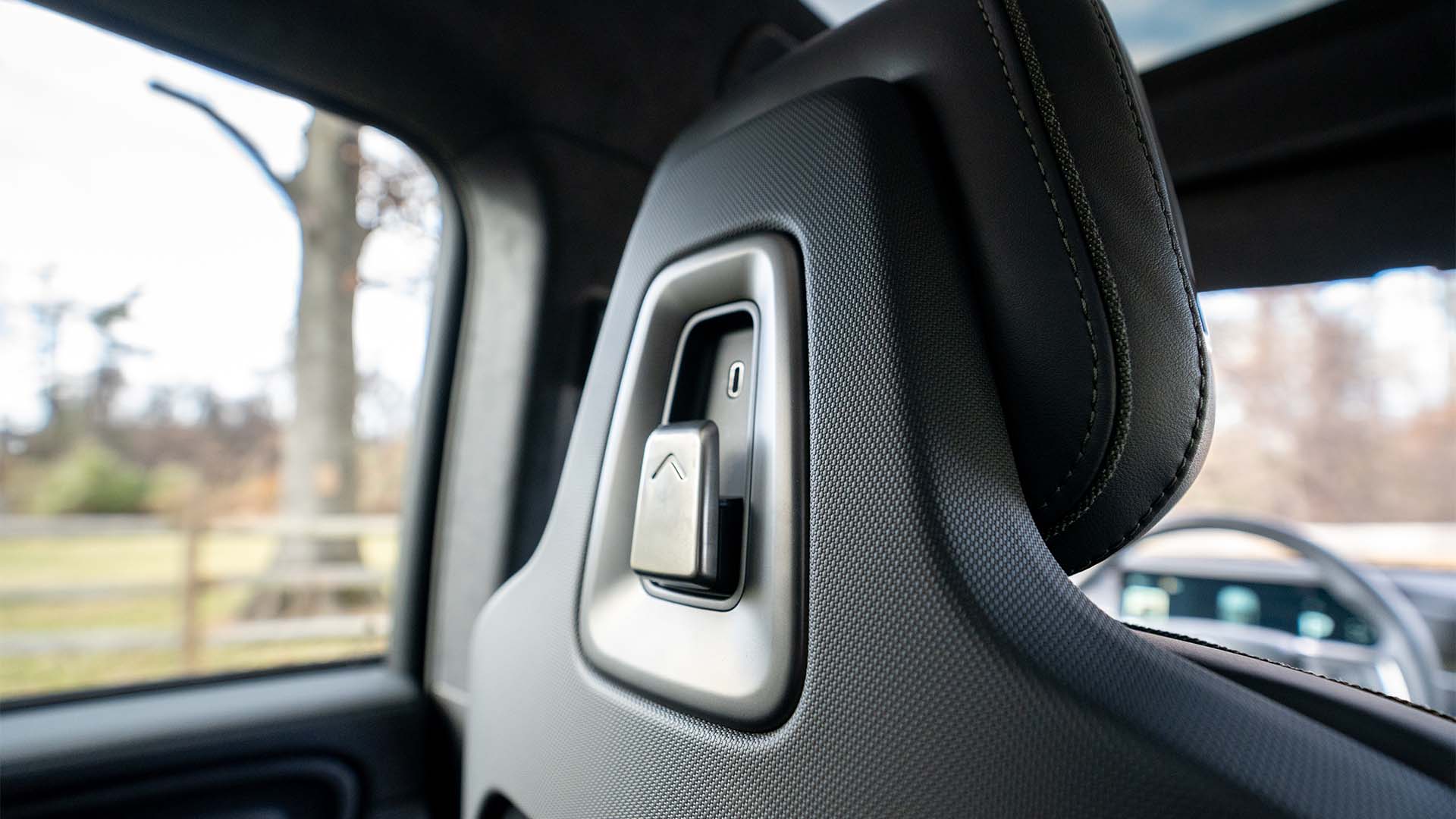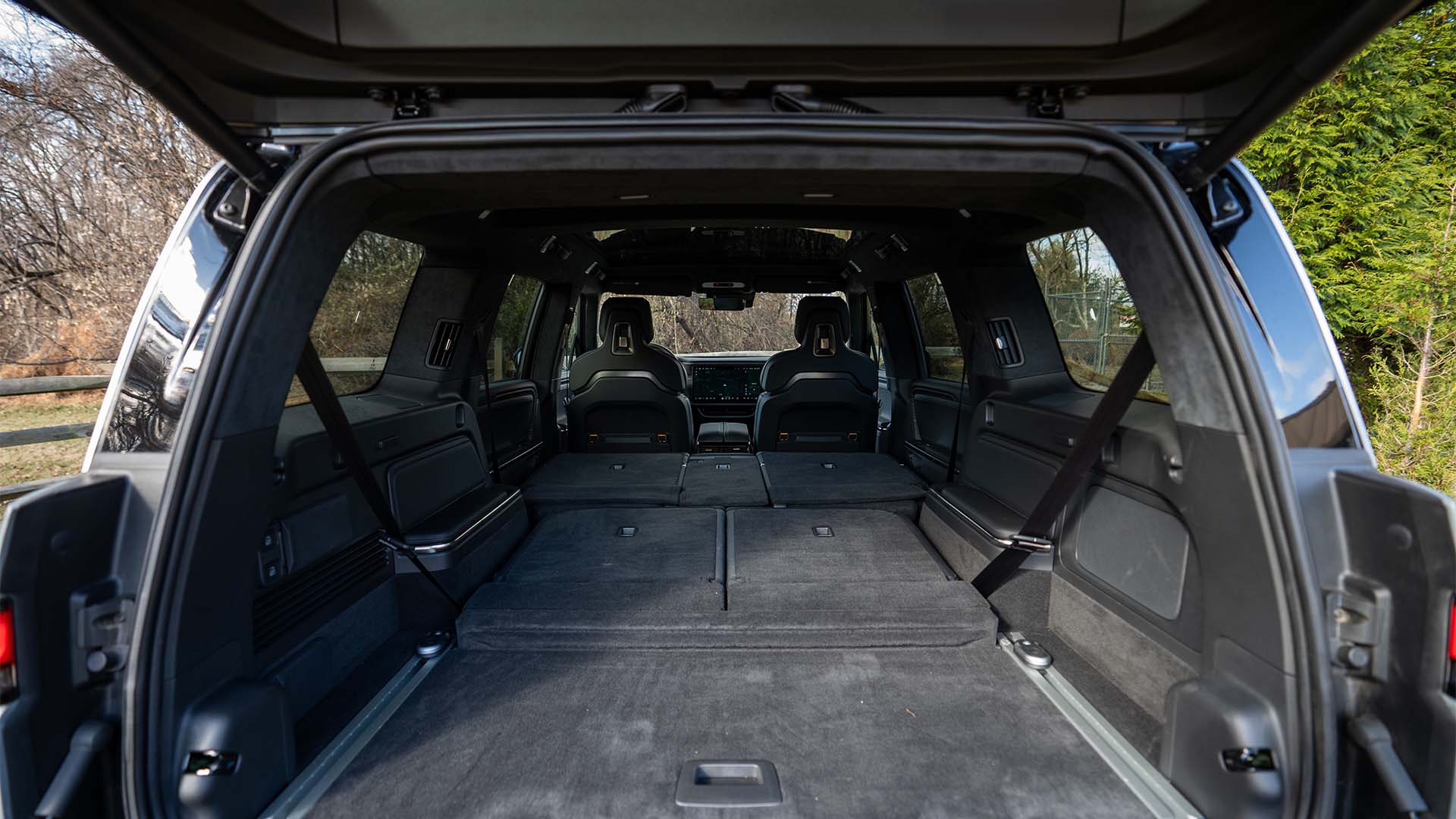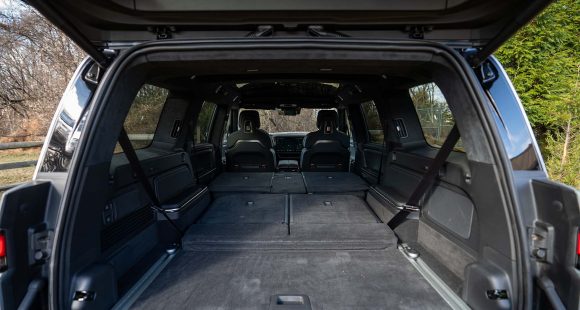2018 Ford Expedition
With the reborn Explorer and a host of other uni-body crossovers in their lineup, it’s easy to forget that Ford still make a big body-on-frame SUV…the Expedition. It’s been around for three generations now, and an all-new fourth gen Expedition delivers the biggest change yet, joining the F150 with an all-aluminum body. So, let’s see if lighter is righter.
Even in a utility world gone crossover, there are still plenty of people that need a big, truck-based SUV like this 2018 Ford Expedition. But, we’ve covered all of that before. So, what improvements does this all-new Expedition offer the power-hungry, trailer-towing, family-hauling utility buyer?
Well for starters, not only is styling more modern; but like the F150 it shares its basic full frame design with, body panels are now made of aluminum. That helps to shave off about 300-lbs. of weight.
But rather than with the F-150, the face of the full-size Expedition is more akin to the mid-size Explorer; while body sides are not quite as rounded as before, with a less obvious greenhouse. Indeed, from a distance, it appears very similar to its biggest competitor, the segment dominating Chevrolet Tahoe.
 Expedition wheelbase is 122.5-inches, about 3½ more than before. And yes, a longer wheelbase Suburban fighter is available as well, at 131.6-inches, now known as the Expedition MAX.
Expedition wheelbase is 122.5-inches, about 3½ more than before. And yes, a longer wheelbase Suburban fighter is available as well, at 131.6-inches, now known as the Expedition MAX.
Cargo capacity is up; now 20.9 cubic-ft. behind the standard 3rd row, 63.6 behind the 2nd, and 104.6 with all seats folded. Perfect for late night Walmart runs. 7 or 8 passenger seating is available, with 2nd row getting a new tip-and-slide function.
Thanks to the longer wheelbase, space is more plentiful all around, beating Tahoe in second row legroom by over 2 1/2 inches. There are ample options for plugging in, and you can even live stream satellite or cable TV to the entertainment system.
Platinum trim is tops for now, with materials fitting the name. But the bulk of volume will be made up by mid-level Limited; which includes a power folding 3rd row, heated seats for 1st and 2nd rows, as well as a heated steering wheel.
Gauges are very similar to the F150’s with a mix of analog with virtual gauges, along with a wide, configurable TFT display.
Expedition power still comes from a 3.5-liter V6 EcoBoost twin-turbo. But, it’s the F150’s latest variants. Standard output is 375 horsepower, a gain of 10, with 470 lb-ft of torque. Our Platinum trimmed beast however gains 35 horses to 400 even, with torque at 480.
 Attached, is Ford and GM’s joint venture 10-speed automatic transmission; which allows for better power at launch, as well as lower cruising RPM on the high end, for improved efficiency. It’s one of the best modern automatics we’ve sampled; finding the right gear quickly without searching around like most rival’s 9-speeds we’ve driven.
Attached, is Ford and GM’s joint venture 10-speed automatic transmission; which allows for better power at launch, as well as lower cruising RPM on the high end, for improved efficiency. It’s one of the best modern automatics we’ve sampled; finding the right gear quickly without searching around like most rival’s 9-speeds we’ve driven.
Maximum towing capacity is 9,300-lbs., significantly more than the Tahoe’s 8,600; and by far best-in-class. The F150’s Pro Trailer Backup Assist is available as well.
The optional 4-wheel drive system comes with an updated version of Ford’s Terrain management system with up to 7-different drive modes, for helping you through just about any situation you may find yourself in.
There’s also an available FX4 Off-Road Package. And while it isn’t quite Raptor-spec, you do get an automatic limited-slip rear, off road shocks, 7-skid plates, and 18-inch wheels with A/Ts, for when you leave the trailer behind and venture further off the beaten path.
The independent front suspension is virtually identical to the F150’s, while in back there’s an updated version of the outgoing Expedition’s multi-link setup rather than a solid axle.
 Ford has gone to great lengths to quiet the interior down, and it is indeed very calm inside; and without a doubt, road manners have improved greatly thanks to continuously controlled damping. But despite the weight loss and myriad of updates, it’s still hard to disguise the fact that this is a very big truck-like vehicle, and continues to ride and drive like a one.
Ford has gone to great lengths to quiet the interior down, and it is indeed very calm inside; and without a doubt, road manners have improved greatly thanks to continuously controlled damping. But despite the weight loss and myriad of updates, it’s still hard to disguise the fact that this is a very big truck-like vehicle, and continues to ride and drive like a one.
And while there are certainly a few people out there that prefer that in their utility; the fact that very few body-on-frame SUVs remain, while crossovers have taken over the segment, would suggest that the majority of people don’t.
Thanks to that 10-speed automatic, Government Fuel Economy Ratings for a 4X4 Expedition are 17-City, 22-Highway, and 19-Combined; that’s up from 17-Combined last year. It still has a poor Energy Impact Score though, at 17.3-barrels of annual oil consumption with CO2 emissions of 7.7-tons.
There’s no way around it, you’ve got to pay to play in this segment. Pricing starts at $52,890. Adding 4-wheel-drive varies with trim level, but adds about $3,000 more. So, you’re looking at around $75,000 for top Platinum trim, even more if you opt for the Lincoln Navigator variants.
So for 2018, the highly-evolved Ford Expedition improves in every possible way; whether you’re talking capability, interior space, fuel economy, and certainly style. Ford fans will love what they see, and no doubt this Expedition will create a few more fanatics for the brand as well.
Specifications
- Engine: 3.5 liter
- Horsepower: 400
- Torque: 480 lb-ft.
- EPA: 17 mpg city / 22 mpg highway
- Energy Impact: 17.3 barrels of oil/yr
- CO2 Emissions: 7.7 tons/yr
2025 Rivian R1S
Major Reboot for Rivian R1S
With just about every mainstream carmaker now onboard with battery-electric vehicles, EV-only brands are hoping there are still plenty of people out there willing to think outside the box. So, let’s see if Rivians latest R1S utility can make the case for taking the EV road less traveled.
Big changes have happened in the short time since the Rivian R1S first hit the streets three years ago. As for 2025, there are updates that touch just about every aspect of the vehicle. Yes, despite looking almost exactly the same outside, Rivian claims that beneath the surface, their entire electrical architecture has been significantly updated, eliminating a whopping mile and a half of wiring and 10 computer assemblies, allowing for more efficient operation.
But look closely and you will see their signature vertical oval headlights are updated with a new matrix of LED lights that can cycle individual elements on and off to provide maximum illumination where you need it without distracting oncoming drivers.
Not much change in the look of the interior either, but the synthetic leather upholstery is still very nicely done, though most touchpoints feel more rugged than luxury minded. With the exception of a couple controls on the steering wheel, you do still have to do almost everything on the R1S’s 15.6-inch touchscreen, but the user interface has been improved. So, while we do wish they could have reverse-engineered a knob or two into the mix, we realize full touchscreen interface is just what people expect in their high-end EVs these days, and at least it works better than before. And the gauge display still wows you with the amount of information it displays and is mounted high enough that no additional head-up display is needed. A new Rivian Autonomy Platform uses 11 cameras, five radars and A.I. for self-driving, or just to monitor what’s going on around the vehicle even when it’s parked.
This [EV] really feels fast, sitting you up high and throwing you back in your seat with authority.
Rivian has also given the R1S a substantial suspension revision with new spring rates, bushings, and mounts; along with new tuning for the adaptive dampers and roll-mitigation system. It does provide a more balanced street attitude, but it still rides like a truck. That’s great if that’s the experience you’re looking for; not as ideal if you’re looking for more of the smooth luxury-style treatment.
All R1Ss are all-wheel drive, but there’s a wide variety of powertrain options including a new Tri-Motor setup. Outputs range from the standard Dual-Motor’s 533 horsepower to the Quad-Motor’s impressive 1,025. There are several battery packs as well, delivering as much as 410 miles of range, giving the R1S the highest rating of any SUV on the market right now. Our Adventure trimmed tester featured the 665-horsepower Performance version of the Dual-Motor arrangement, with the Max battery and 20-inch wheels with all-terrain tires.
Theoretically, that setup is rated for 370 miles, but perhaps we were enjoying the “performance” theme too much as our results were well short of that, using 68% of the battery to drive only 189 miles, putting our estimated range around 278 miles. Using 43 kilowatts of electricity for every 100 miles earns the R1S a fair efficiency rating.
But all was forgiven at our Mason Dixon test track when this Rivian started blasting us to 60 in 3.8 seconds. Yes, there are faster EVs, but this one really feels fast, sitting you up high and throwing you back in your seat with authority, while the rear of the truck squats down substantially before hurling you off the line and down the track. Power delivery stayed strong the entire time, cranking away until we cleared the quarter-mile in 10.5 seconds at 108 mph.
Despite this utility’s substantial size and weight, we were able to keep a pretty fast pace through the cones of our handling course. The all-terrain tires obviously didn’t grip the pavement as well as all-seasons would, but the low center of gravity kept things very flat. Yes, it does feel very heavy, but the brakes were more than up to the task, stopping us from 60 mph in a very short 103 feet with surprisingly little nosedive and no fade.
Pricing starts at $77,700 for the Dual-Motor with Standard battery pack; our Dual-Motor Performance with the Max battery and All-Terrain Package came in just over $102,000.
While Rivian has had great initial success; sustaining that success will be a much tougher task. But, if they continue to put as much effort into improving their products as they have here with the 2025 R1S, we think their winning streak will only accelerate.
Specifications
As Tested
- Motor Setup: Dual Motor
- Battery Size: 141.5 kWh
- Horsepower: 665
- Torque: 829 lb-ft
- EPA Range: 370 miles
- 0-60 mph: 3.8 seconds
- 1/4 Mile: 10.5 seconds at 108 mph
- Braking, 60-0 (avg): 103 feet
- MW Test Loop: ~278 miles











